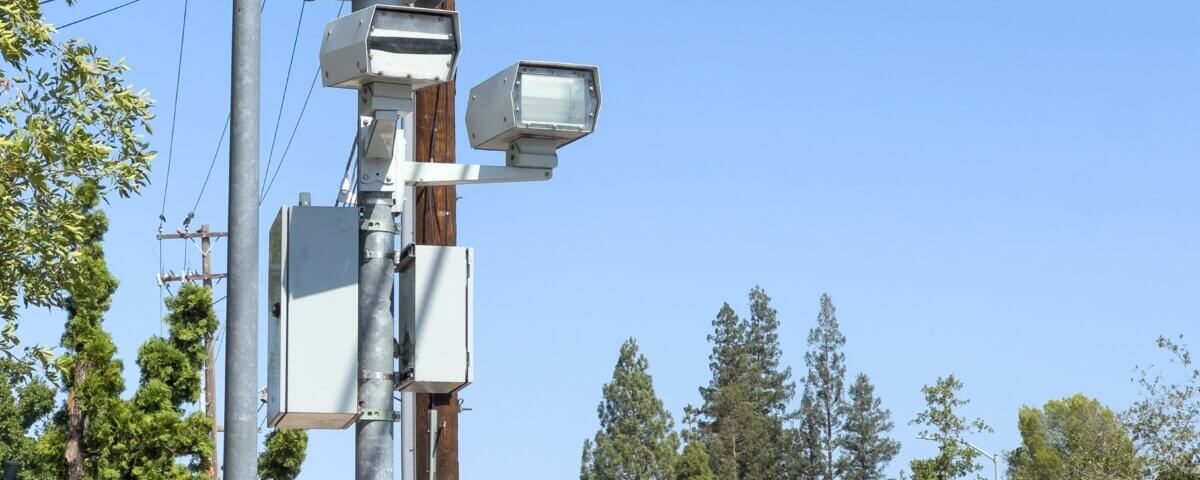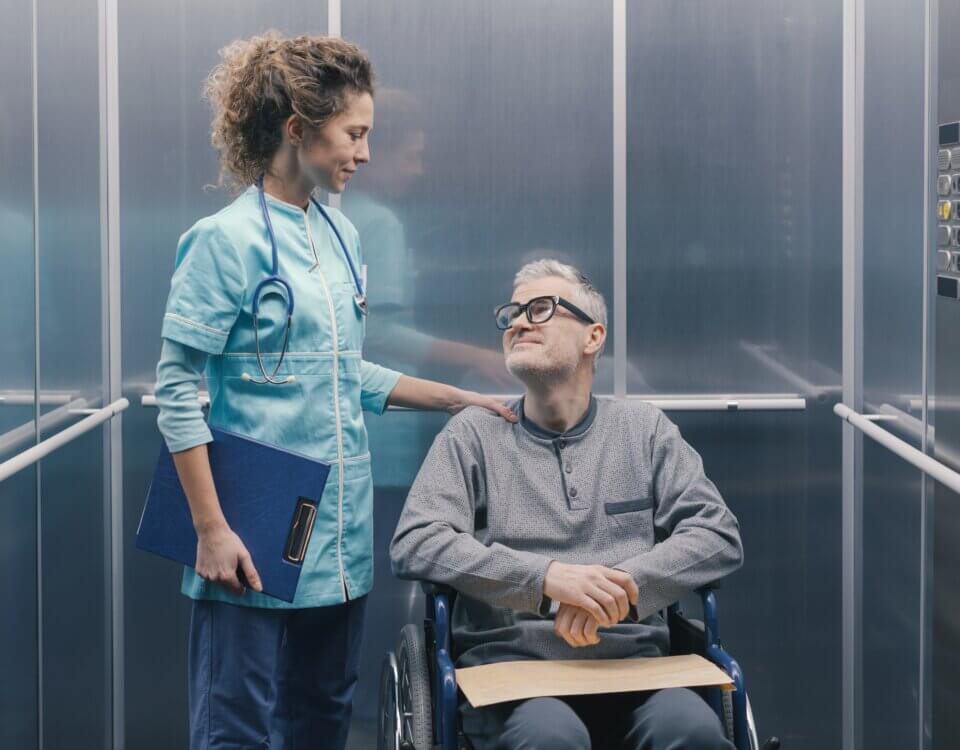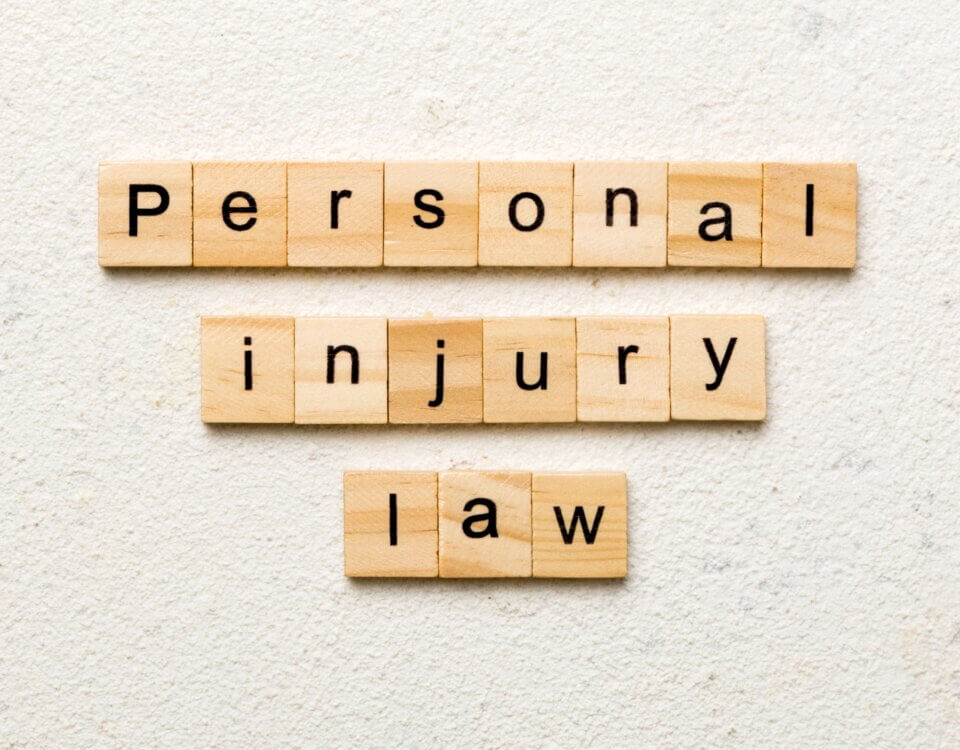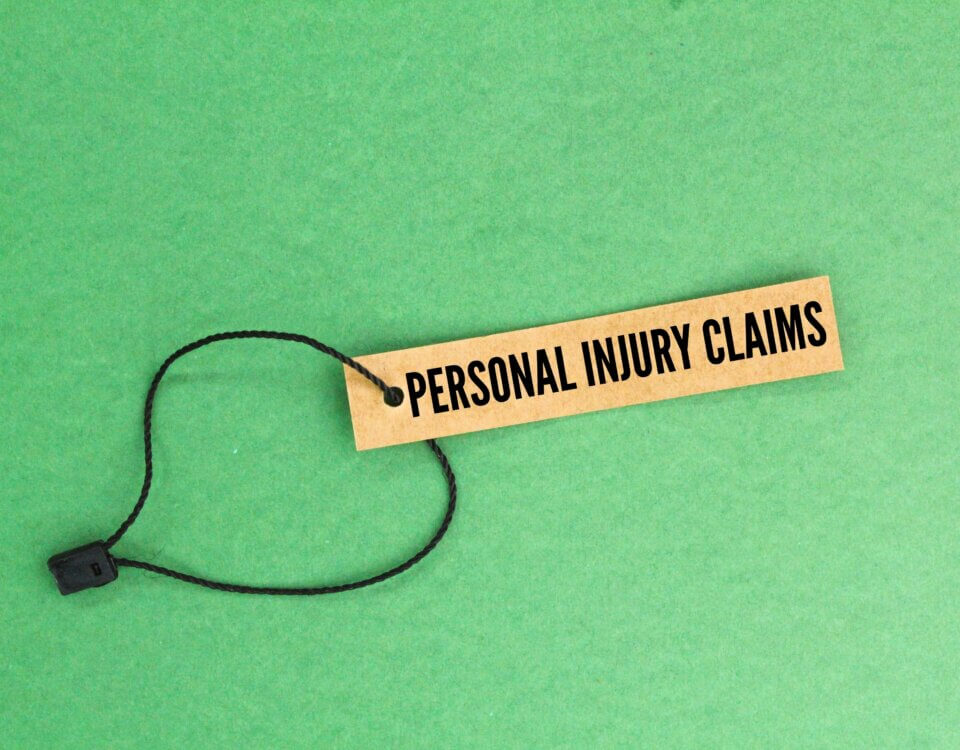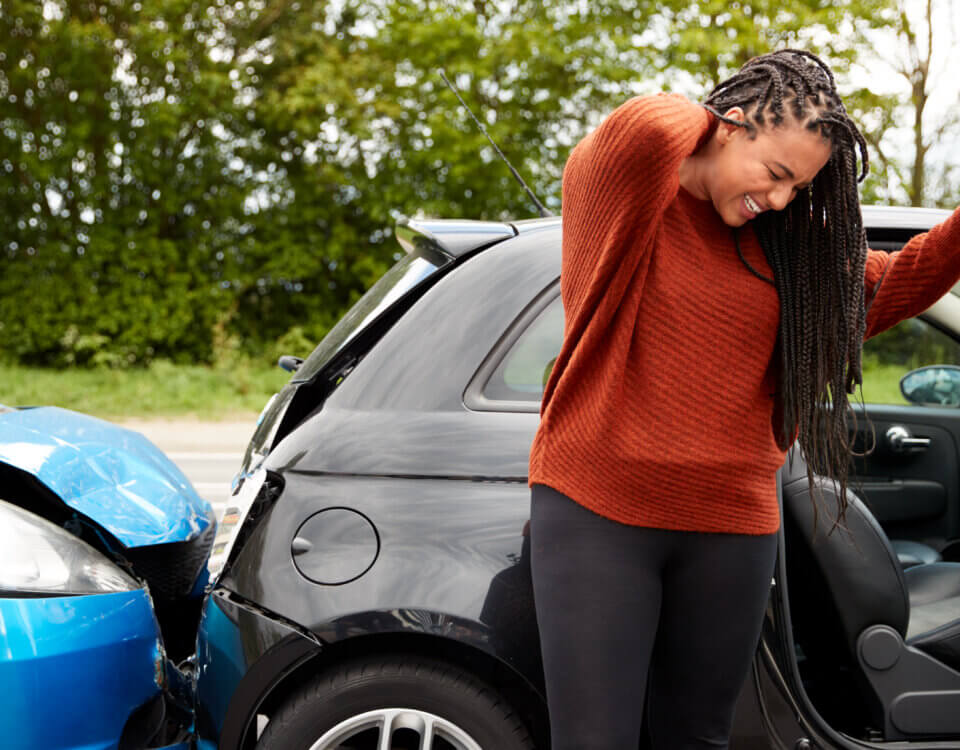When traffic collisions occur, determining who is at fault can be difficult without clear evidence. That is where traffic cameras often play a critical role. Because these devices capture continuous footage of roads and intersections, they serve as impartial observers that can help clarify how a collision unfolded and who bears responsibility.
Where Traffic Cameras Are Typically Located
Traffic cameras tend to be concentrated in areas with heavy vehicle and pedestrian activity. Some common placements include
Busy intersections
Cameras at intersections monitor signal changes and traffic flow. If two vehicles collide while entering or traversing an intersection, the footage can help establish which driver disregarded a signal, failed to yield, or committed a turning violation.
Major highways and thoroughfares
On high speed roads, cameras may be set up to monitor lane changes, overtaking, and reckless driving behaviors. After a multivehicle accident, footage may reveal factors like tailgating, sudden lane shifts, or failure to maintain distance.
Pedestrian crossings and crosswalk zones
Cameras near crosswalks track both drivers and pedestrians. In collisions involving pedestrians, footage can show whether a vehicle failed to stop or yield properly or whether the pedestrian entered against the signal.
What Traffic Camera Footage Can Show
The value of traffic cameras lies in the objective and contemporaneous evidence they provide. Footage may reveal
Which vehicle entered the intersection first
Signal status at the moment of impact
Which lane each vehicle was in at the time of the crash
Abrupt or unsafe maneuvers such as swerving or weaving
Pedestrian movement or signal compliance
Speeding behavior or failure to yield
This level of detail can be crucial in disentangling conflicting witness statements or insurance company claims.
Limitations and Challenges of Camera Evidence
While traffic camera footage is a powerful tool, it is not infallible. Some constraints include
Camera angle or quality
Poor video resolution, obstructions such as trees or signs, or limited field of view can obscure key details.
Timing and synchronization issues
If timestamps or clocks are not precisely synced, reconstruction may be complicated.
Recording retention periods
Many jurisdictions store footage only for a limited time. If not secured promptly, critical evidence may be erased or overwritten.
Legal access and chain of custody
Obtaining camera footage often requires cooperation with government agencies. Ensuring the video is authentic and untampered with is essential for admissibility in court.
Gaps in coverage
Cameras might not exist at every relevant point of the crash, leaving blind spots where crucial action occurred.
How Hillstone Law Uses Traffic Camera Evidence
At Hillstone Law, we treat traffic camera footage as a vital piece of the evidence puzzle. Our process includes
Locating relevant cameras
We identify all possible camera sources around the accident site including intersection cameras, highway cameras, and nearby surveillance.
Securing and preserving footage
We act quickly to request and preserve video before it gets overwritten, ensuring chain of custody and admissibility.
Analyzing video with experts
Collaborating with accident reconstructionists and video analysts, we extract critical frames and sequence mapping to pinpoint fault.
Integrating footage into your case strategy
We present the visual evidence along with witness testimony, medical records, and physical damage to support your claim and counter defense narratives.
Conclusion
Traffic cameras function as powerful and unbiased witnesses. When properly leveraged, their footage can significantly strengthen the case for fault, clarify ambiguous claims, and counteract insurance or defendant arguments. But effectiveness depends on prompt action, expert analysis, and legal precision in securing video evidence.
If you have been injured in a collision and believe camera footage may exist, contact Hillstone Law. Our attorneys can help identify relevant cameras, preserve the evidence, and use it effectively to build a strong, evidence based case for your recovery.
Note: These blog posts are created solely for the use of Hillstone Law. The information is gathered from internet research, publicly available sources, and artificial intelligence (AI) tools such as ChatGPT. While we aim to share helpful and educational content, Hillstone Law does not independently verify every detail. Some information may be incomplete, outdated, or subject to change without notice. If you believe any part of a post is inaccurate, misleading, or infringes upon copyright, please contact Hillstone Law immediately so we can review it and take appropriate action, including correction or removal.
Disclaimer: The material provided in these blogs is for general informational purposes only and should not be considered legal advice. Reading these posts does not create, and is not intended to create, an attorney-client relationship with Hillstone Law. Our intent is to share knowledge, raise awareness, and provide helpful resources to the public; however, Hillstone Law makes no warranties or guarantees about the accuracy, completeness, or reliability of the information provided, and expressly disclaims liability for any actions taken in reliance on it. The photos used in these posts are for illustrative purposes only and do not depict actual clients, individuals, or incidents unless expressly stated. If you or a loved one has been injured in an accident, please contact Hillstone Law at (855) 691-1691. Our attorneys are available to answer your legal questions and help you understand your rights.
